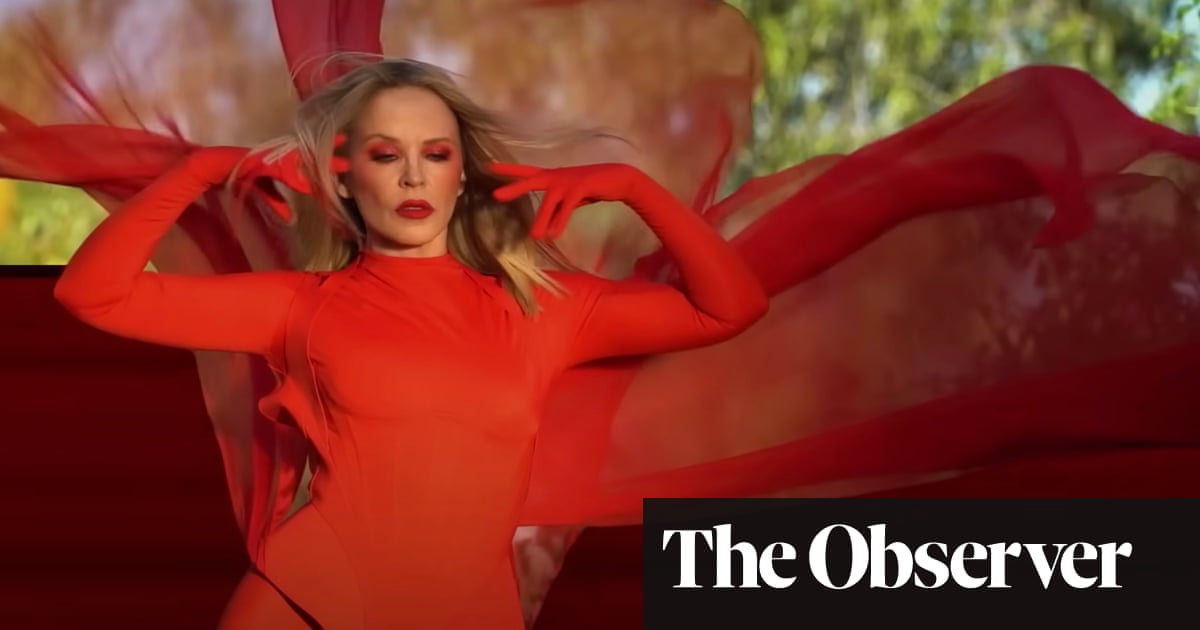
legance in England,” wrote Nancy Mitford “is of such different stuff from that in any other country that it is not easy to make foreigners believe in it at all.” Nancy – and her aristo sisters Diana, Decca, Debo, Pam and Unity – have been part of the case for English elegance since the 30s thanks to a mixture of tweedy suits, ballgowns, tea dresses and jumpers. And with a new adaptation of Mitford’s 1945 novel, The Pursuit of Love, now on the BBC, the charm of the Mitfords look is likely to hit the radar of yet another generation.
The Mitfords, the daughters of Lord Redesdale, who grew up in a country pile, stink of privilege, and some of them were downright heinous: Unity was in Hitler’s inner circle, while Diana married Oswald Mosley and was imprisoned for her Nazi sympathies. But, partly thanks to Nancy’s novels, they remain a reference of eccentricity, up there with Big and Little Edie from cult film Grey Gardens. “How they get away with it is what fascinates me,” says Laura Thompson, author of Nancy Mitford: Life in a Cold Climate and Take Six Girls: The Lives of the Mitford Sisters. “My theory is that it’s a lot to do with The Pursuit of Love. It reimagines them, as it were, and creates what I would call the Mitford mythology wherein everything is submerged in charm.”
The Pursuit of Love tells the story of hopeless romantic Linda Radlett, as narrated by her more sensible cousin Fanny Logan. Set between the wars, it is in part a thinly veiled retelling of Nancy’s life. The adaptation stars Lily James, Dominic West and Andrew Scott, and is directed by Emily Mortimer. It has its flaws – the persistent lack of colour-blind casting in a period drama feels retrograde in a post-Bridgerton world – but the costume design expresses the two style sides of the Mitfords. There’s the scruff-with-money look for boring afternoons in chilly country houses and the dressed-up glamour of debutante balls. In the first episode, we see Linda and Fanny in unironed pyjamas with homemade knits, wilting homemade dresses and then feathers and organza at balls as they grow older.
“I think the Mitfords are synonymous with an eccentric aristocratic British style,” says the show’s costume designer, Sinéad Kidao. “They had a particular confidence that allows you to set convention and do away with it in one go.” Thompson agrees: “In my biography of the family, I talk about this blend of formality and anarchy that they had, which you just can’t have today,” she says. “In some way I think that permeates their style.”
Kidao says she took a lot of her cues from the book. “You can tell from Nancy’s writing that she adored clothes,” she says. “But, ironically, she is often very disparaging of the more typical style you would associate with the Mitfords – tweeds and knitwear.”
Nancy loved clothes and became increasingly sophisticated as she got older. Moving to Paris in the mid-40s, she became a client of couturiers including Christian Dior, as a part of her Francophile transformation. This journey is featured in The Pursuit of Love. On moving to Paris, Nancy writes: “Linda had never fully realised the superiority of French clothes to English.”
The impostor syndrome of being an Englishwoman in France is spelled out when Linda buys a new dress from Galeries Lafayette before even going to a couture house. Thompson says it’s observations such as this that makes Nancy’s writing special – and relatable, even when it’s set in the well-heeled world of couture salons and country house balls. “It was the first time I had ever read a woman with a sort of hotline to female insecurities in the way they really are,” she says. The biographer believes this insight partly came from the Mitfords’ precarious position in the aristocracy. “They didn’t have any money because Redesdale inherited a huge amount, and more or less lost it all,” she says. “Of course you always have a safety net if you’re posh, but they weren’t a rich family. I think that is why they have this, if you like, ironic take on their own privilege.”
Nancy’s commitment to style still appeals today. “Even when she is struggling to write her books, you can’t imagine her as I would be, in pyjamas or something,” says Thompson. “You always imagine her keeping up appearances even on her own.” Kidao says, for the TV series, the team purposely went for “the more characterful styles of the period: big bows, exaggerated collars and hats”. She hopes this may rub off on what we wear in 2021: “We’ve all been sitting at home in sweatpants for a year. I think it would be wonderful if people brought a bit more colour and fun to their look when they do actually get to leave the house.”












